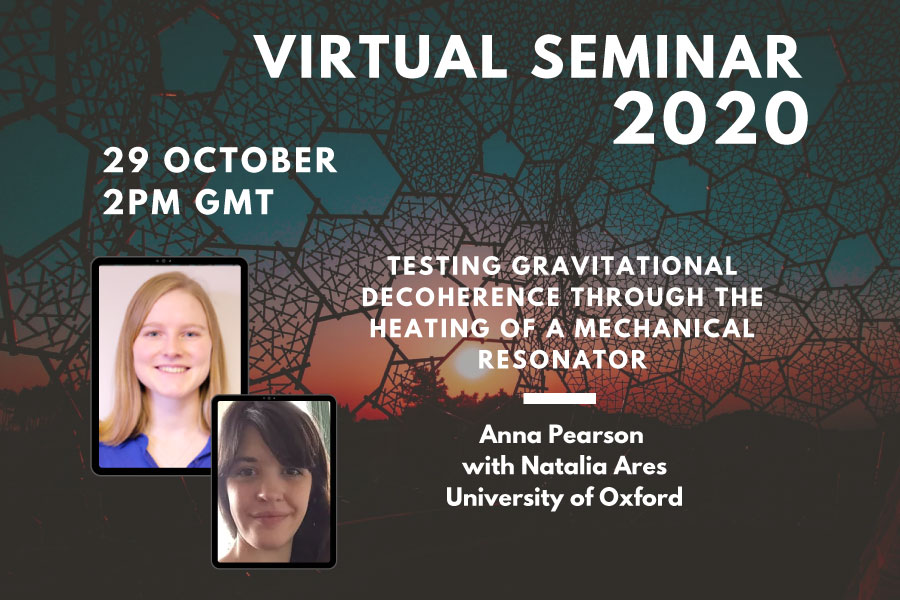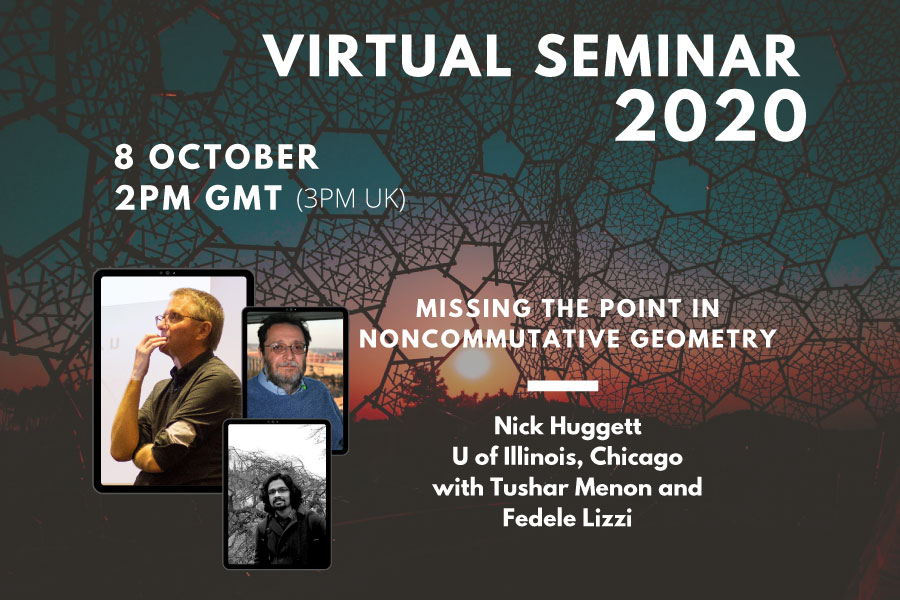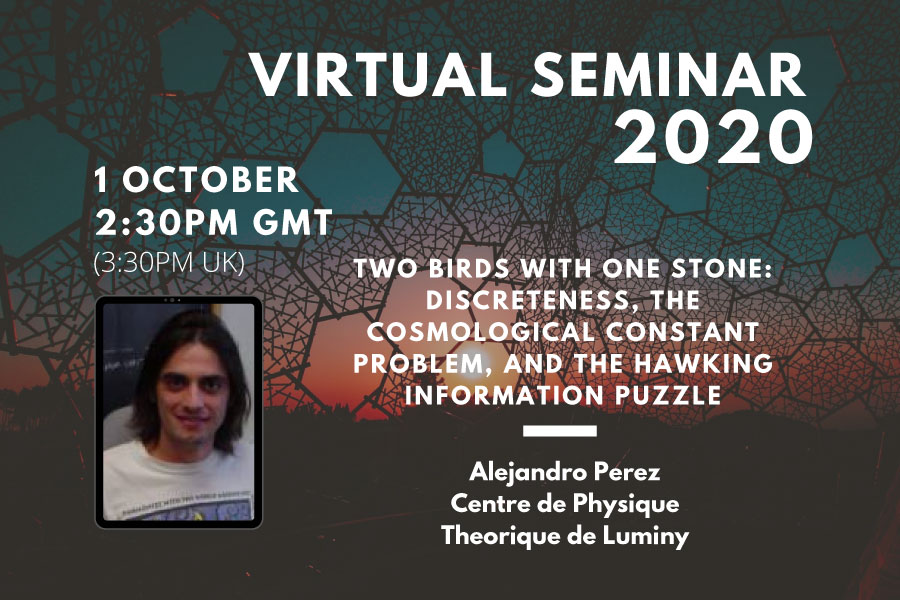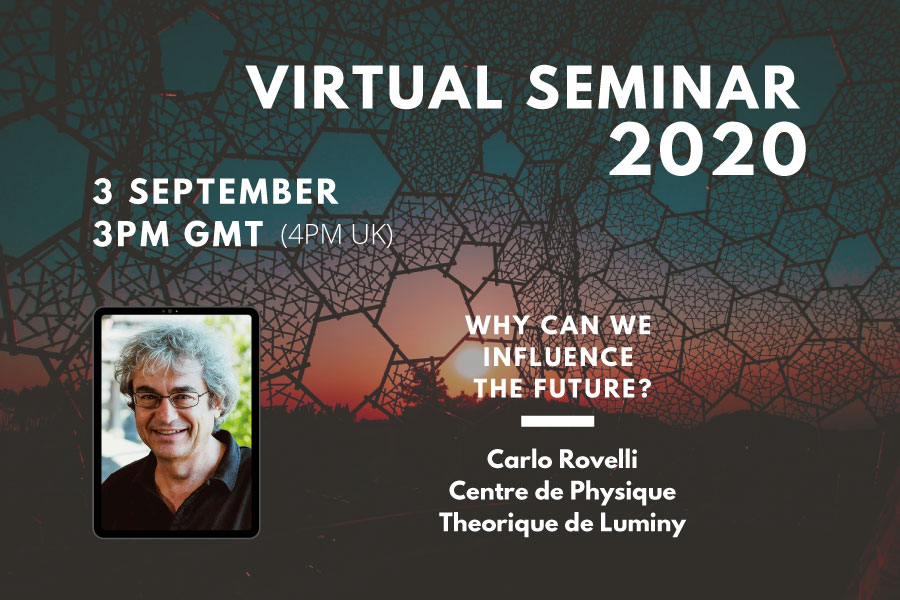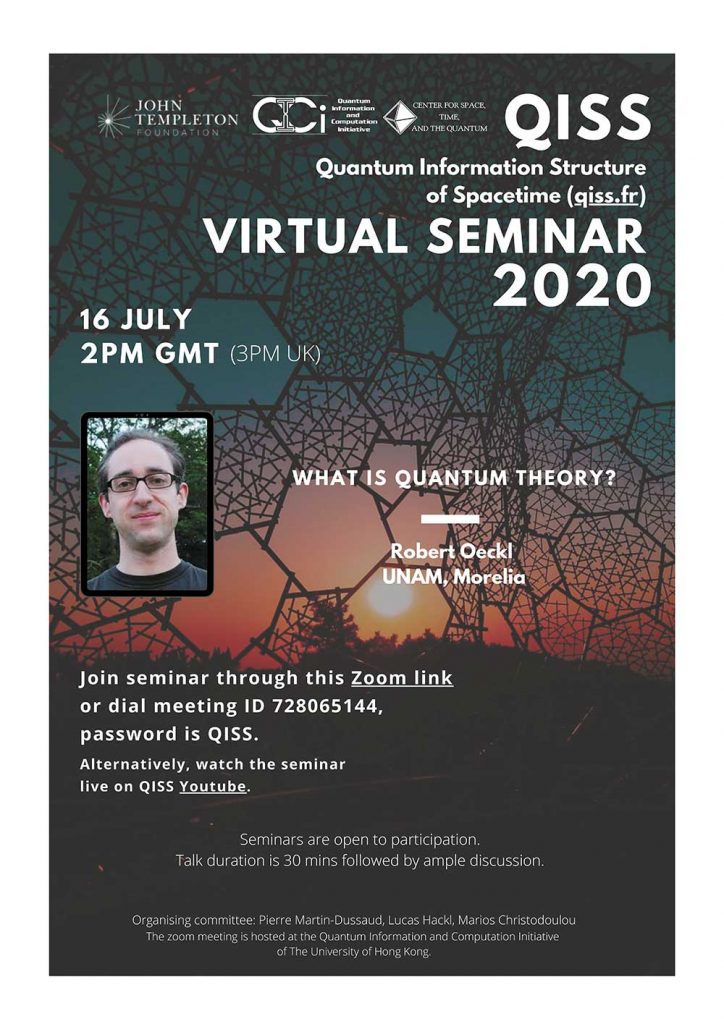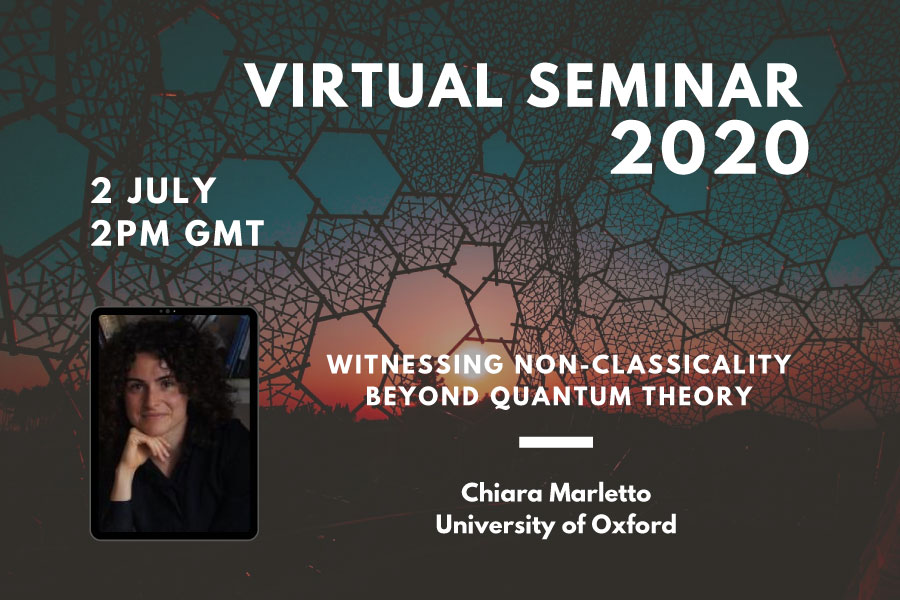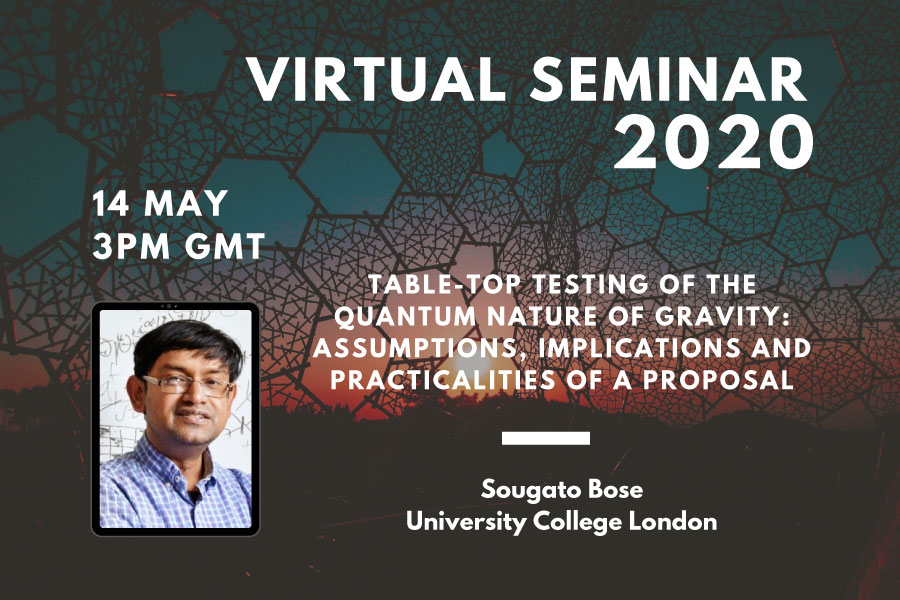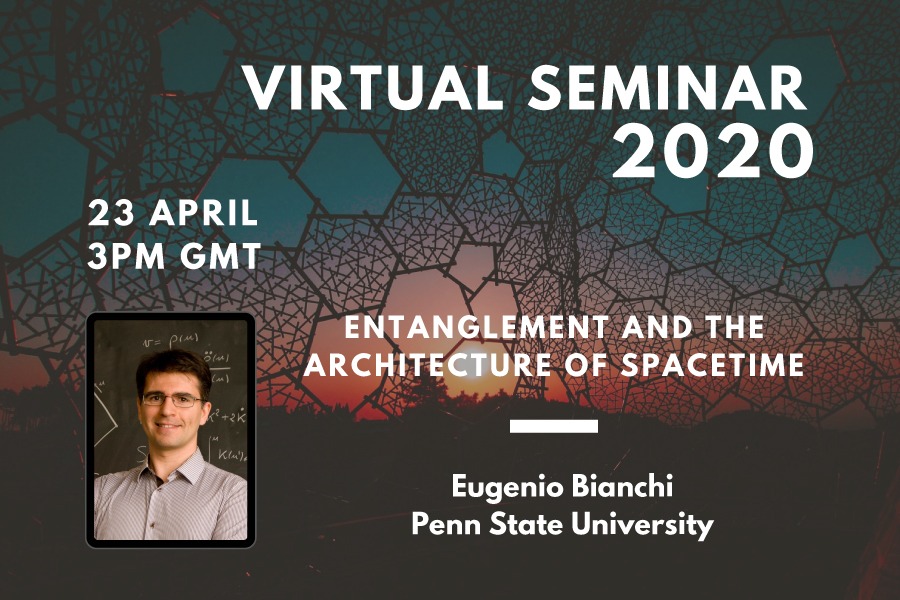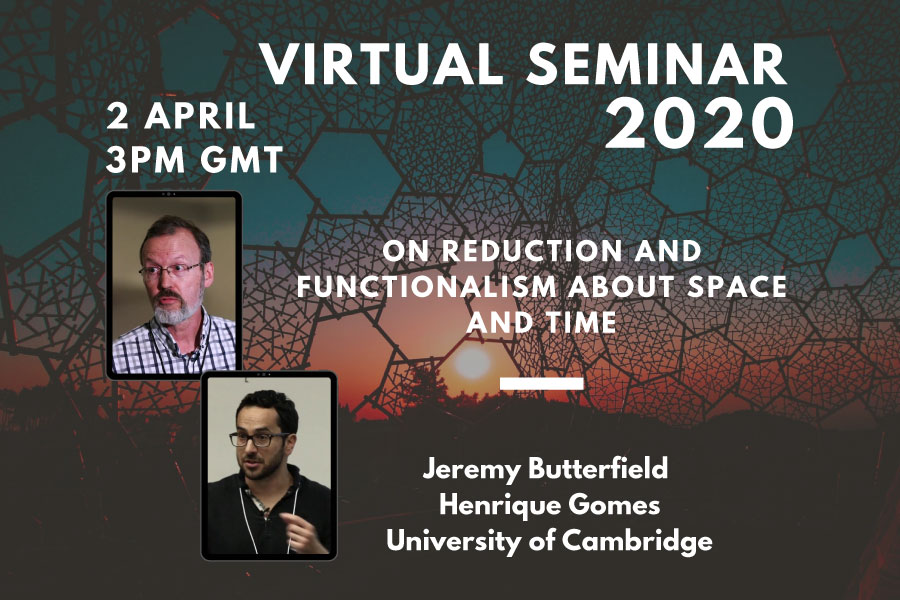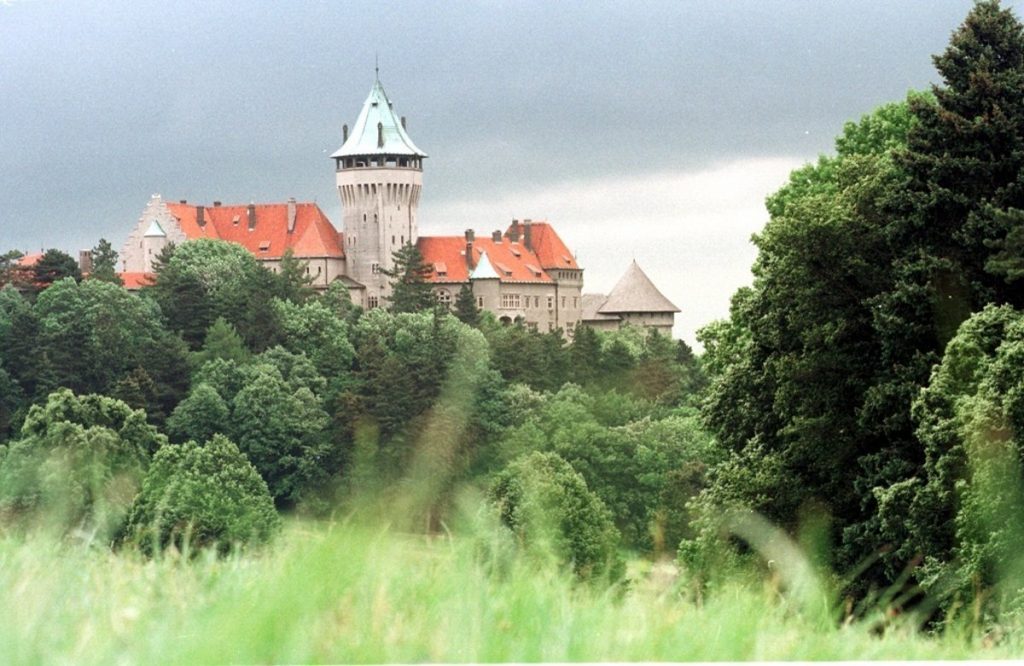Anna Pearson with Natalia Ares
Oxford University
Testing gravitational decoherence through the heating of a mechanical resonator
Abstract: The theory of classical channel gravity models gravitational interactions as classical measurement channels. These channels are a source of decoherence even if the results of the measurements are never recorded in a lab and thus the gravitational interaction can be thought of as having the same effect as an observer. This leads to two potentially observable effects – decoherence in the position basis and a density dependent heating effect. We have set up an experiment to test for the latter, using a cavity optomechanical setup at cryogenic temperatures to measure the mode heating of a silicon nitride membrane.
